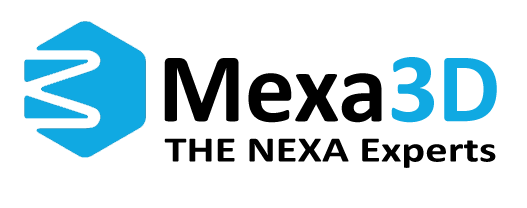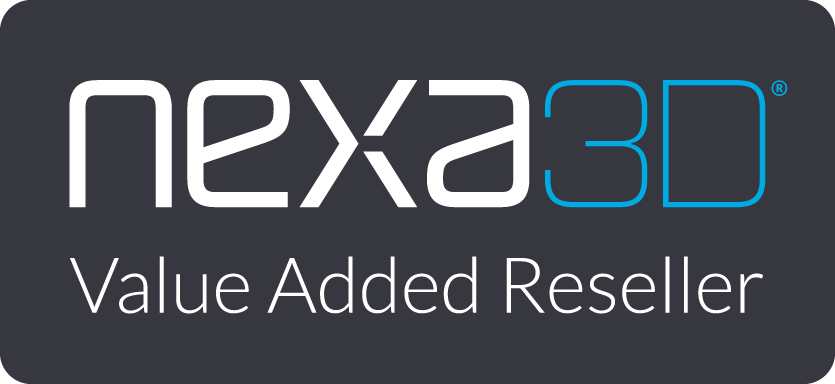
Revolutionizing product packaging: Additive manufacturing is leading the way
In the ever-evolving manufacturing landscape, additive manufacturing, commonly known as 3D printing, stands out as a trailblazer. Its potential to change industries knows no bounds, and the development of product packaging is no exception. With its ability to streamline production processes, reduce waste and enable intricate designs, additive manufacturing is the key to new opportunities in the packaging industry. Let’s take a look at how additive manufacturing can revolutionize the packaging industry in various areas.
With in-house 3D printing, you can significantly reduce production time while enabling more thorough validation, iteration and quality control.
These bottles and containers were produced with the Nexa3D xMODEL17-Clear and PRO9499 White on the
Nexa3D XiP
and
XiP Pro
machine.
1. instant tooling for blow molding applications: The production of tools for blow molding, e.g. bottles, used to be a time-consuming and costly process. Additive manufacturing is changing the game by enabling rapid prototyping and production of molds. With technologies like Nexa3D, companies can now create custom molds on demand, significantly reducing the lead times and costs associated with traditional methods of tooling.
2. free-form injection molding for special packaging: From closures to luxury bottles – specialty packaging requires precision and innovation. Additive manufacturing enables free-form injection molding, which makes it possible to produce complex geometries and intricate designs that were previously considered impossible. This flexibility opens the door to unparalleled individualization and differentiation on the market.
3. molds for foam cushions and quick molds for the production of fiber pulps: Packaging is more than just containers; it also includes protective elements such as foam cushions. Additive manufacturing facilitates the rapid production of molds for such applications and ensures seamless integration of packaging and protection. In the field of sustainable packaging, too, fast molds for the production of cellulose fiber composites enable the simple development of environmentally friendly packaging solutions.
4. production of containers in small quantities: Conventional manufacturing processes are often not justifiable for small batches due to the high set-up costs. Additive manufacturing removes this obstacle by offering cost-efficient solutions for the production of containers in small quantities. Whether for niche markets or limited editions, companies can now produce containers efficiently and economically.
Nexa3D is a positive example of the influence of additive manufacturing on the packaging industry. Working with major companies such as PepsiCo, Coca-Cola and numerous other packaging companies, Nexa3D is at the forefront of redefining digital manufacturing in the AI age. Its innovative technologies enable companies to leverage digitalization and increase efficiency, agility and sustainability across the entire packaging value chain.
In summary, additive manufacturing is very promising for the packaging industry and offers unprecedented opportunities for innovation and efficiency. From the immediate production of tools to the manufacture of small batches – the application possibilities are enormous and transformative. Collaboration between technology providers like Nexa3D and packaging companies will continue to drive the industry forward and shape a future where packaging is not only functional, but also sustainable and customizable to meet the ever-changing needs of consumers.


